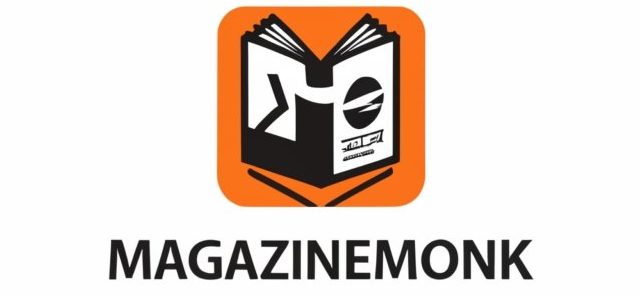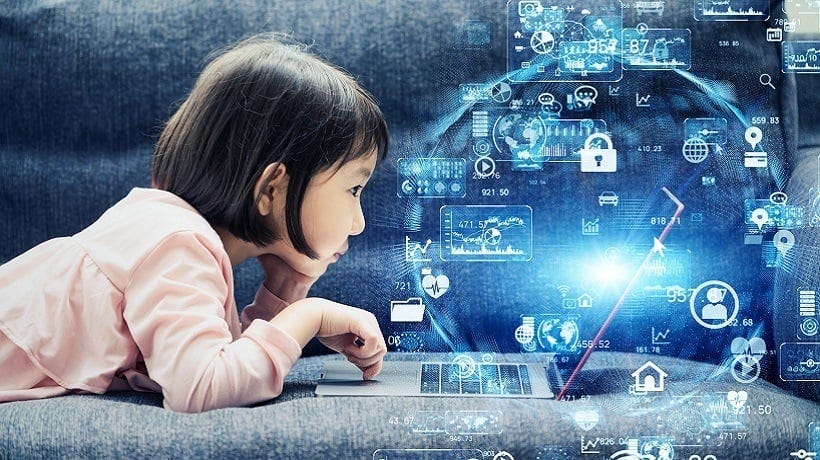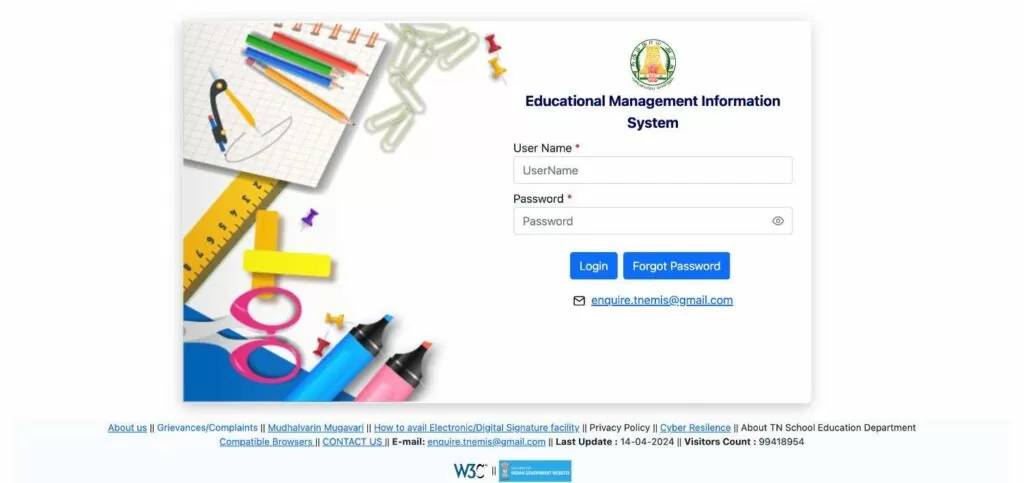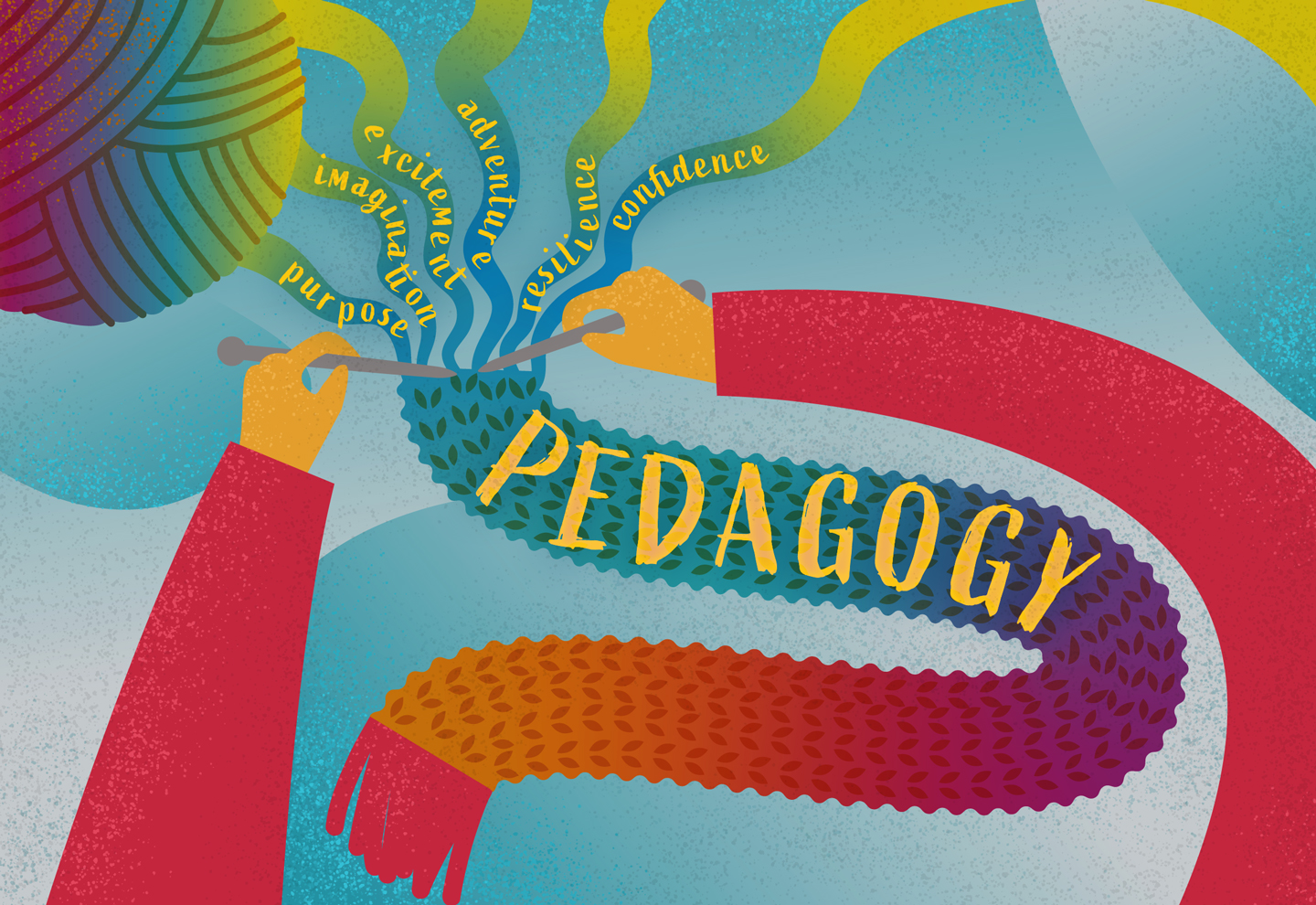Introduction to Educational Technology
Educational technology, often abbreviated as EdTech, refers to the use of digital tools, resources, and platforms to enhance teaching, learning, and educational outcomes. From interactive whiteboards and educational software to online learning management systems and virtual reality simulations, educational technology encompasses a wide range of innovative tools and practices that empower educators and learners to engage, collaborate, and succeed in today’s digital age. By leveraging technology effectively, educators can personalize instruction, expand access to learning resources, and prepare students for success in an increasingly interconnected and technology-driven world.
Understanding the Benefits of Educational Technology
Personalized Learning
Educational technology enables personalized learning experiences that cater to the individual needs, interests, and learning styles of students. By leveraging adaptive learning algorithms, personalized learning platforms, and data analytics, educators can customize instruction, provide targeted interventions, and track student progress in real time, fostering greater engagement, motivation, and achievement.
Enhancing Collaboration and Communication
Educational technology facilitates collaboration and communication among students, teachers, and peers, regardless of geographical location or physical barriers. Digital tools such as video conferencing, online discussion forums, and collaborative document editing platforms enable students to collaborate on projects, share ideas, and provide feedback asynchronously, promoting teamwork, critical thinking, and communication skills.
Expanding Access to Learning Resources
Educational technology expands access to a wealth of learning resources, including digital textbooks, multimedia presentations, educational games, and interactive simulations. By providing anytime, anywhere access to educational content, educators can cater to diverse learning needs, accommodate different learning styles, and support self-directed learning, empowering students to explore, discover, and learn at their own pace.
Key Applications of Educational Technology
Blended Learning
Blended learning combines traditional face-to-face instruction with online learning activities to create a hybrid learning experience. Educators use digital platforms, multimedia resources, and interactive activities to supplement in-person instruction, providing flexibility, accessibility, and personalized support that meets the diverse needs of learners.
Flipped Classroom
In a flipped classroom model, traditional lecture-based instruction is reversed, with students accessing instructional content online before class and engaging in active learning activities during class time. Educators use video lectures, podcasts, and online tutorials to deliver content asynchronously, freeing up class time for collaborative activities, discussions, and hands-on projects that reinforce learning and deepen understanding.
Online Learning
Online learning, also known as e-learning or distance education, enables students to access educational content and participate in courses remotely through digital platforms and virtual classrooms. Educators use online learning management systems, video conferencing tools, and multimedia resources to deliver instruction, facilitate discussions, and assess student learning, providing flexibility and accessibility that accommodates diverse learning needs and schedules.
Best Practices for Integrating Educational Technology
Professional Development
Provide professional development and training opportunities for educators to build their capacity in educational technology integration. Offer workshops, webinars, and online courses that cover pedagogical strategies, technical skills, and best practices for leveraging technology effectively to enhance teaching and learning outcomes.
Accessible Design
Design educational technology tools, resources, and platforms with accessibility in mind to ensure that all students, including those with disabilities, can access and participate in learning activities. Provide alternative formats, captions, and screen reader compatibility to accommodate diverse learning needs and promote inclusivity and equity in education.
Data Privacy and Security
Ensure data privacy and security when using educational technology tools and platforms to protect student information and sensitive data. Implement secure authentication measures, encryption protocols, and data protection policies to safeguard student privacy and comply with relevant laws and regulations, fostering trust and confidence in the use of technology for learning.
Conclusion
In conclusion, educational technology holds immense potential to transform teaching and learning by providing innovative tools, resources, and platforms that enhance engagement, collaboration, and learning outcomes. By embracing educational technology and adopting best practices for integration, educators can personalize instruction, expand access to learning resources, and empower students to thrive in a digital and interconnected world, preparing them for success in school, careers, and beyond.





